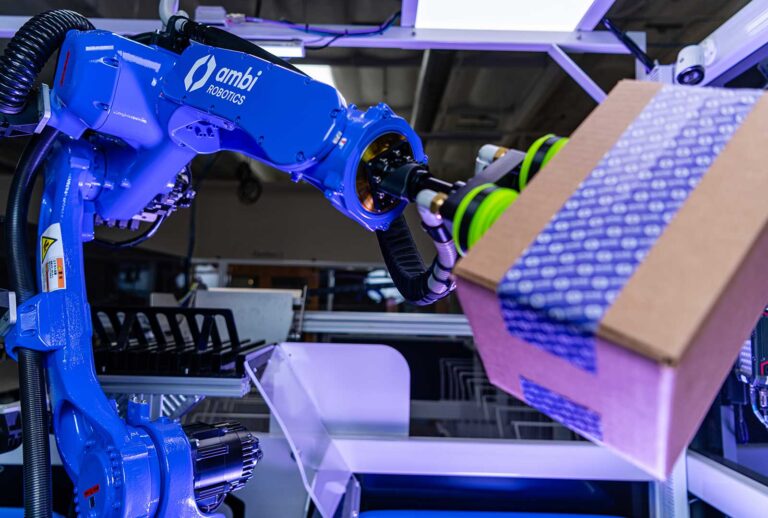The Business of Tomorrow
Dirk Smillie, Author, The Business of Tomorrow: The Visionary Life of Harry Guggenheim: From Aviation and Rocketry to the Creation of an Art Dynasty joined Grayson Brulte on The Road to Autonomy podcast to discuss Harry Guggenheim and the role he played helping to usher in the future of aviation.
The conversation begins with Dirk discussing who Harry Guggenheim was and the role he played in transforming the Guggenheim family business. As Harry became established in business, he was appointed Ambassador to Cuba and had personal relations with five U.S. Presidents.
As the co-owner of Newsday on Long Island, Harry’s political ideologies often clashed with those of his wife, co-owner, and publisher Alicia Patterson. When John F. Kennedy received the Democratic nomination for President, Newday endorsed Kennedy while Harry wrote an op-ed for the paper endorsing the Republican nominee Richard Nixon.
This was not the first nor last time that Harry and Alicia would disagree on issues that were important to them. One such issue was an airfield on Long Island that Harry wanted to see transformed into an airport, while Alicia wanted it closed. Due to her savvy move in having Newsday endorse John F. Kennedy for President, she was able to persuade then-President Kennedy to shut down the airport over a private lunch.
Aviation was deeply personal to Harry as he viewed it as the business of tomorrow. His relationships in the emerging industry ran deep as he developed a life-long friendship with Aviator Charles Lindbergh. Harry and Charles met before his famous Spirit of St. Louis flight at Mitchell Field on Long Island.
Capalitizing on the momentous occasion of the historical flight, Harry organized the Spirit of St. Louis Tour to develop public trust that flying in a plane was safe. The tour had 82 stops in 48 states over the course of 3 months.
The idea [of the tour] was to prove that the flight from New York to Paris was not a fluke. It was a function of the fact, generally speaking, were reliable and safe. Lindbergh sought to prove that by landing at a different city every day at exactly two-o’clock and then he would go through the same kind of protocols where he would make a speech and then maybe there would be a dinner and a parade and then he would get back in the plane and got to the next city.
– Dirk Smillie
As the relationship between Harry and Lindbergh matured over the years through countless days at Falaise (Harry’s estate on the Gold Coast of Long Island) and through innumerable letters, Lindbergh introduced Harry to Robert Goddard. Robert was a professor studying rockets in Massachusetts who would later go on to become known as “America’s Father of the Space Age”. It was the introduction by Lindbergh to Harry that paved the way for the rocket age, as the Daniel Guggenheim Fund funded Goddard’s work.
One could make the assumption that if it were not for the visionary Harry Guggenheim, aviation could possibly have been slower to take off and liquid-cooled rockets might have been developed years later.
It was the kind of spark plugs that Harry put into place that accelerated the sector.
– Dirk Smillie
The other accelerator of aviation was the Daniel Guggenheim Fund for the Promotion of Aeronautics which funded programs focused on aviation engineering and education. The fund had a limited term as it was set up to accelerate the emerging aviation industry.
The idea was, put the spark plugs in place and then let industry take over.
– Dirk Smillie
Wrapping up the conversation, Dirk and Grayson discuss what they think will be the businesses of the future.
Follow The Road to Autonomy on Apple Podcasts
Recorded on Monday, December 6, 2021




